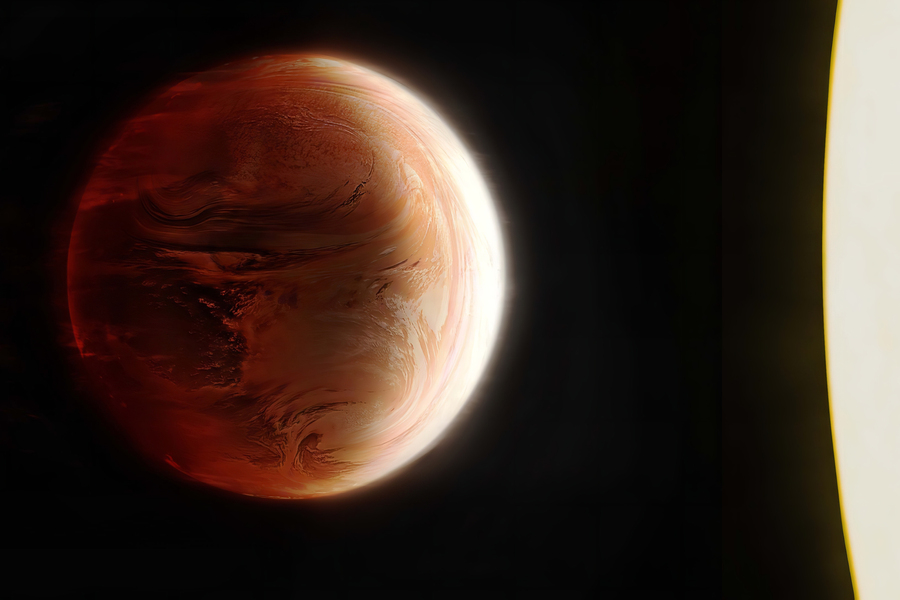
Credits:Credit: Mikal Evans
The planet’s night side likely hosts iron clouds, titanium rain, and winds that dwarf Earth’s jetstream. MIT astronomers have obtained the clearest view yet of the perpetual dark side of an exoplanet that is “tidally locked” to its star. Their observations, combined with measurements of the planet’s permanent day side, provide the first detailed view of an exoplanet’s global atmosphere.
“We’re now moving beyond taking isolated snapshots of specific regions of exoplanet atmospheres, to study them as the 3D systems they truly are,” says Thomas Mikal-Evans, who led the study as a postdoc in MIT’s Kavli Institute for Astrophysics and Space Research.
The planet at the center of the new study, which appears...
Read More








Recent Comments